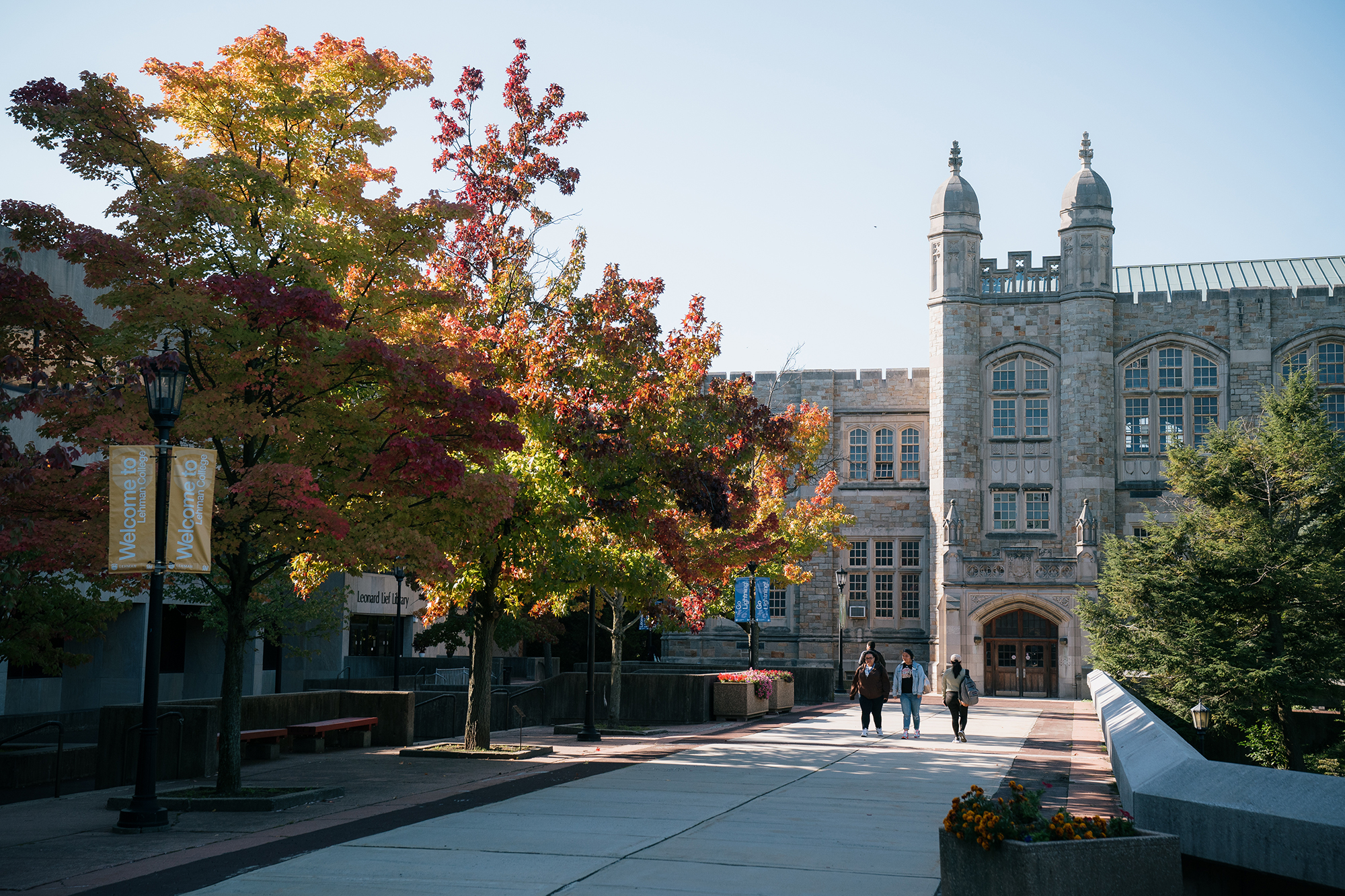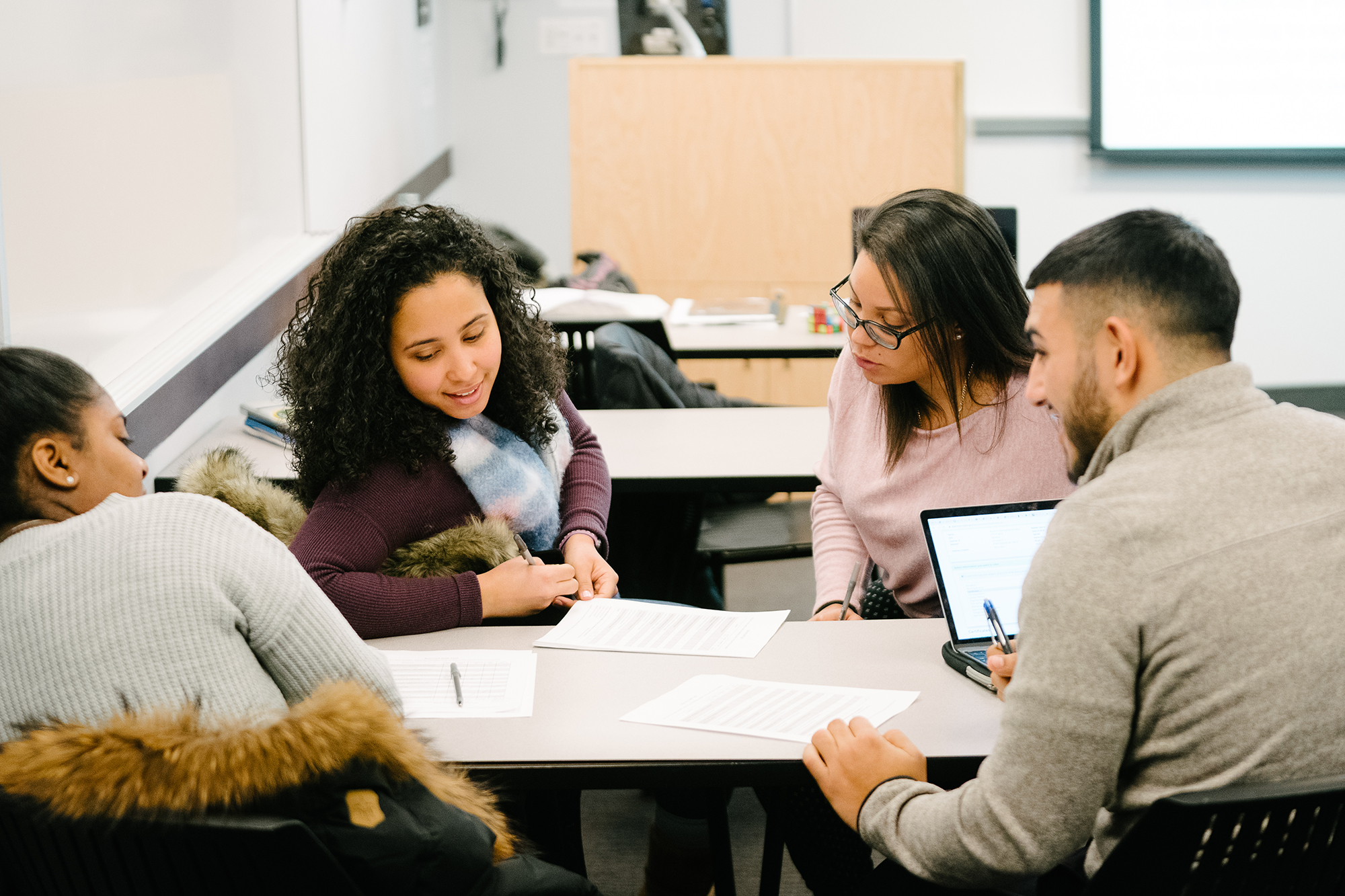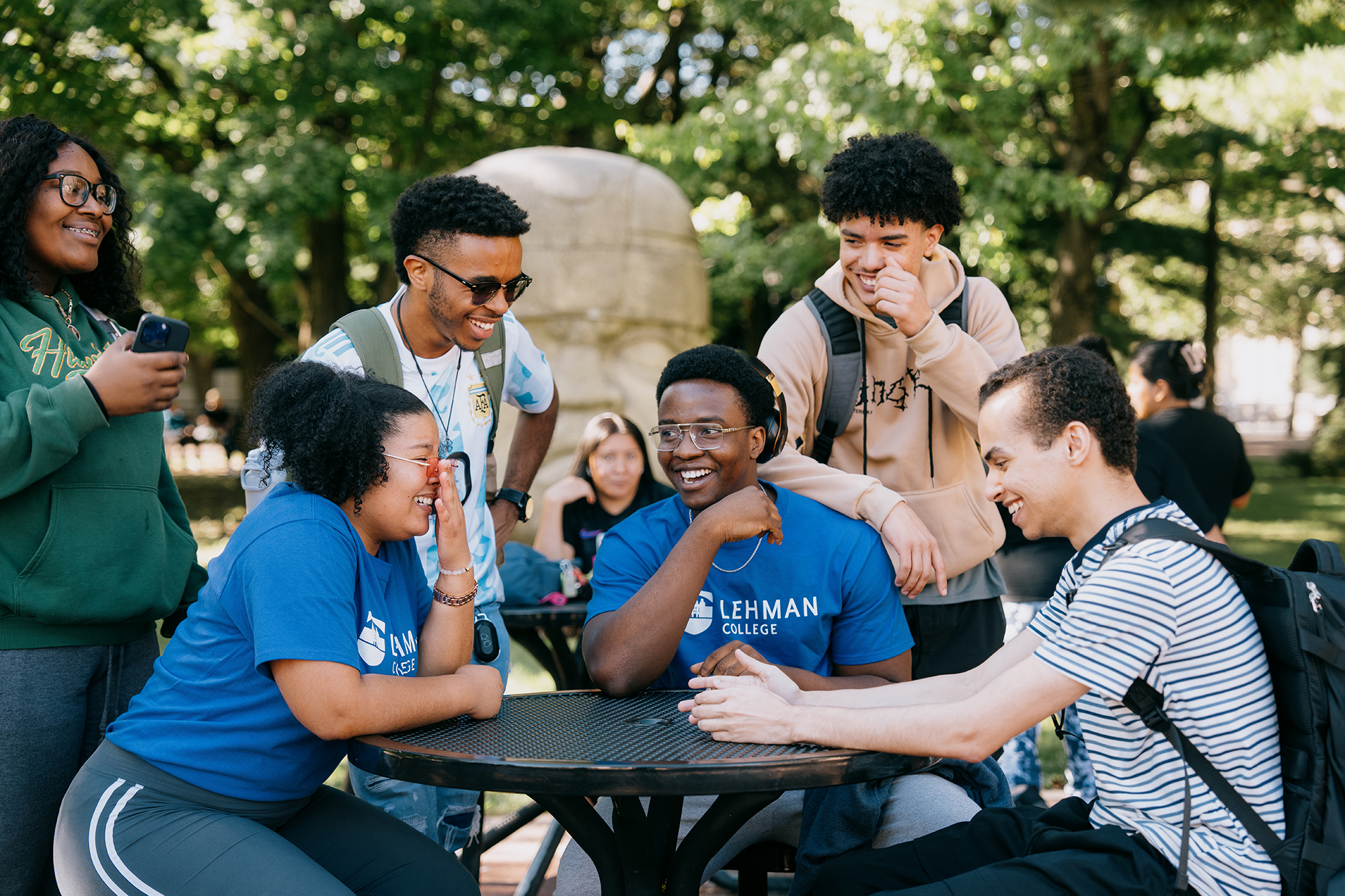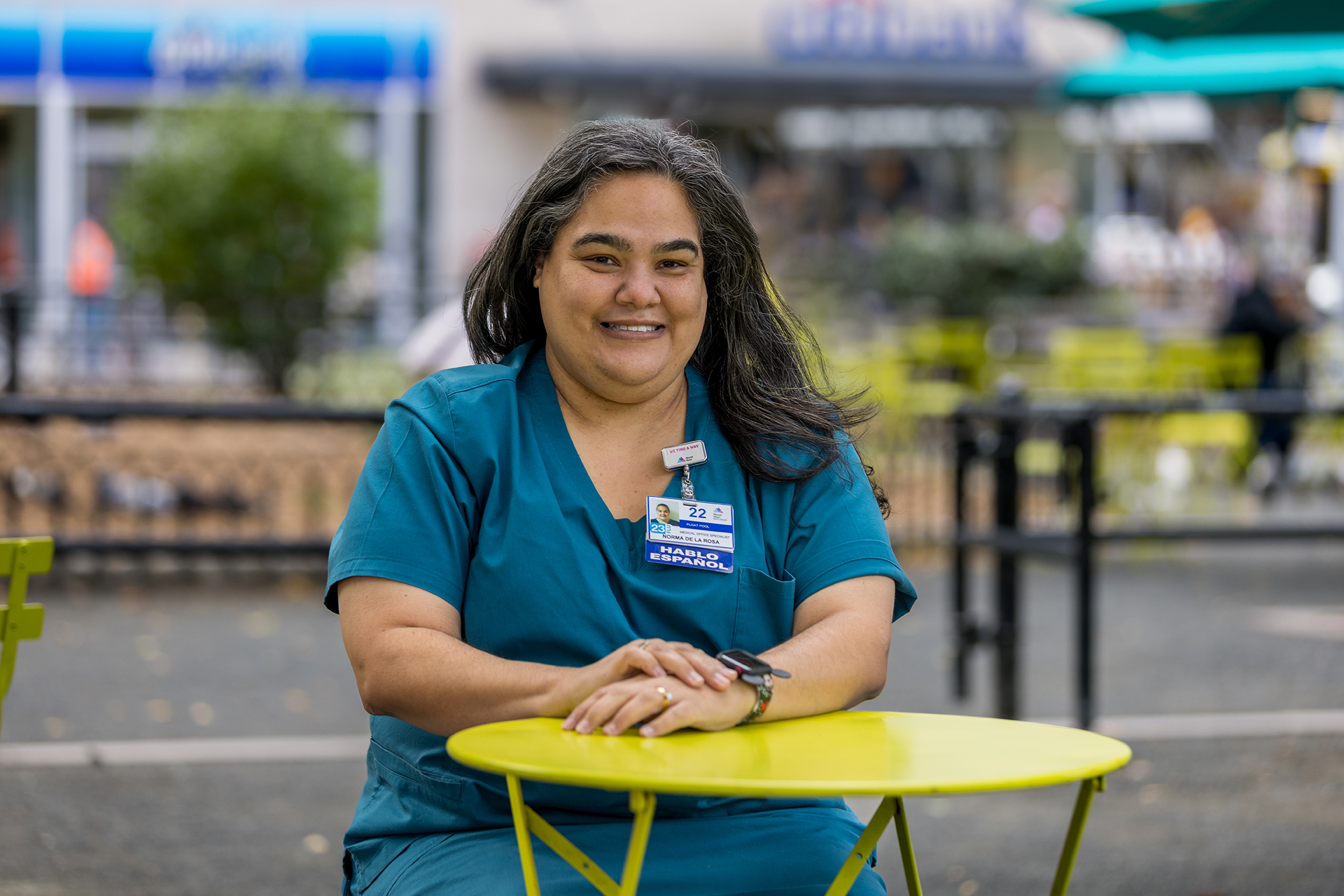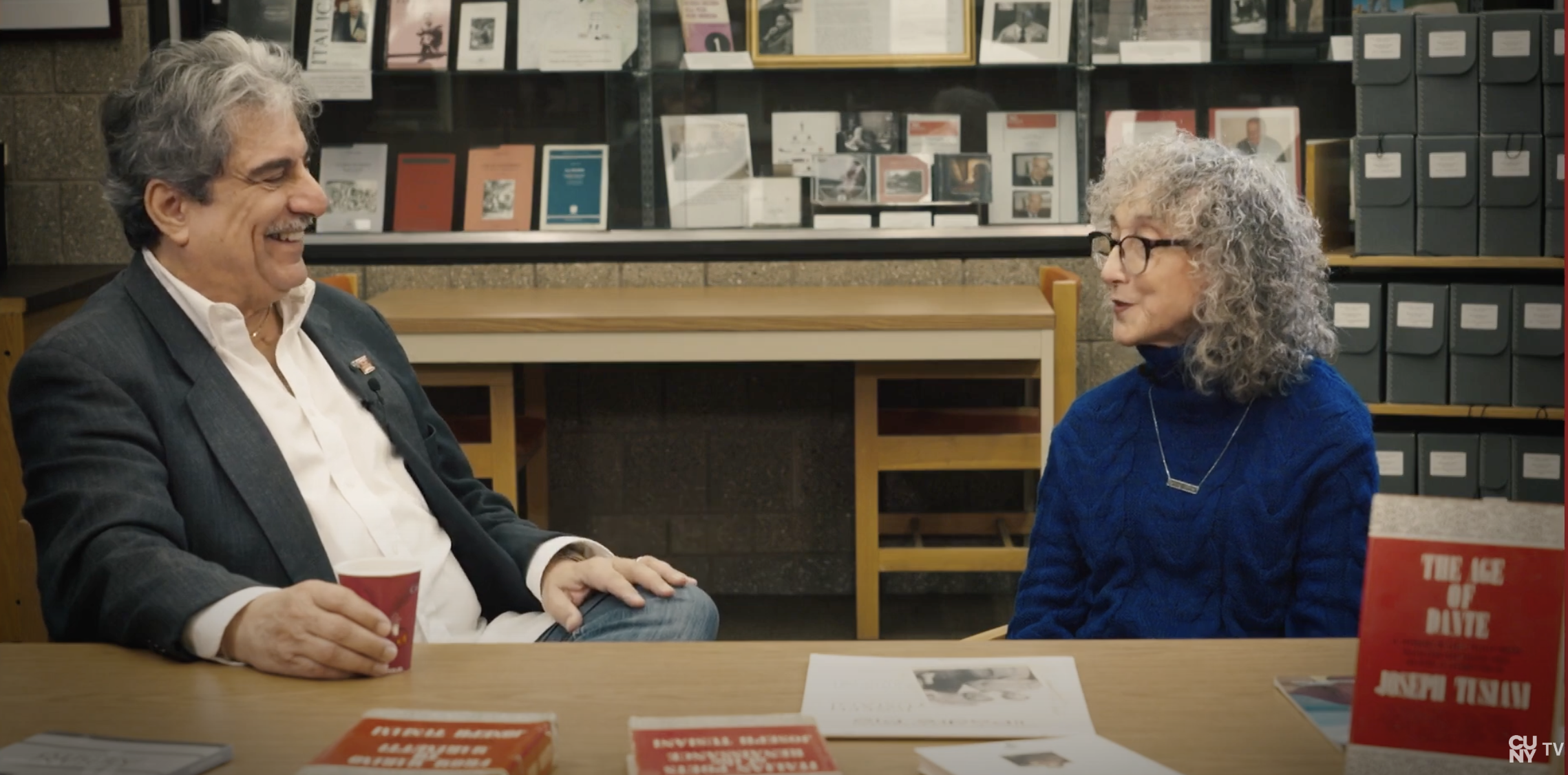- Lehman College >
- News >
- 2025 >
- Faculty profile: Andre Jitianu, Professor and Chair, Department of Chemistry
News
Search All News
Monday, December 15, 2025
CONTACT
Office Hours
Monday - Friday 9am - 5pmClosed Sat. and Sun.
RELATED STORIES
December 30, 2024
December 19, 2024
Faculty profile: Andre Jitianu, Professor and Chair, Department of Chemistry
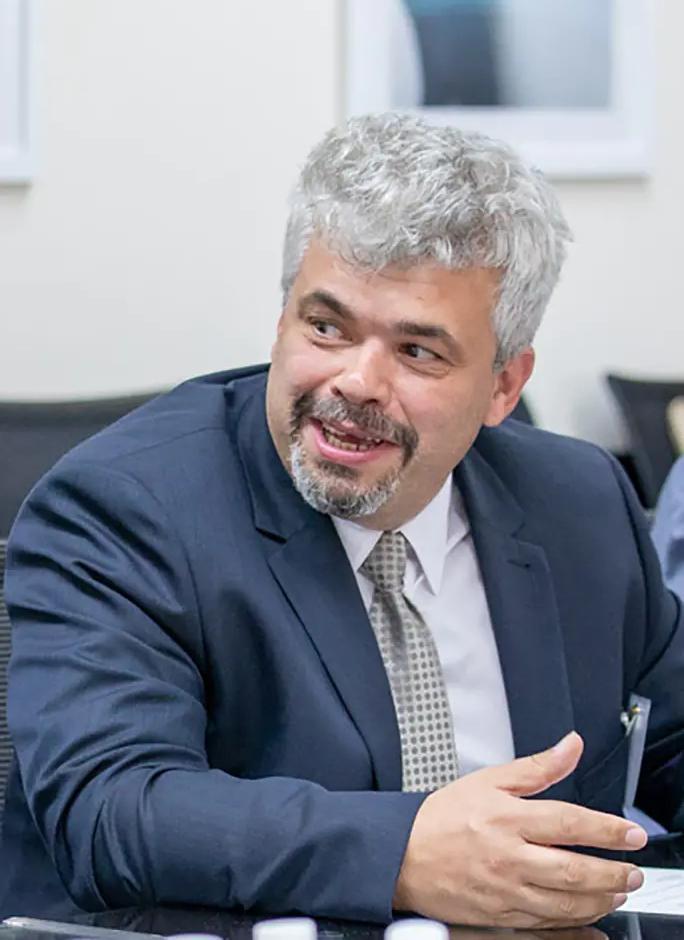
October 6, 2025
Professor Andrei Jitianu, a materials scientist and chair of the Department of Chemistry, joined Lehman College in 2008 as an assistant professor, part of an effort to strengthen research in the department. Drawn to the field by its challenges and wide-ranging possibilities, he focuses on creating new materials that can prevent rust, make electronics last longer, improve batteries and fuel cells, and help clean pollutants from water. Currently, he is co-editor of the Journal of Sol-Gel Science and Technology (Springer Nature) and an editor-in-chief of the Handbook of Sol-Gel Science and Technology, which is about to print its third edition.
We talked to Professor Jitianu about his research, his experiences at Lehman, and his goals for the future. (This conversation has been edited for length and clarity.)
What are you working on now?
I am developing hermetic barriers—protective coatings that block air and moisture—and intelligent materials that can repair themselves, to use on magnesium, which is a stronger, lighter alternative to aluminum and stainless steel. However, it is very susceptible to oxygen and corrodes easily, losing mechanical strength. My goal is for the automotive and aerospace industries to adopt our self-healing barriers, which will enable their use of magnesium in manufacturing.
I am also studying high entropy oxides. These are unstable oxide-based materials that are highly reactive with pollutants and help decompose them. It is a new class of materials that is ideal for water purification and could replace titanium oxide in solar cells to improve their efficiency.
What scientific breakthroughs are you especially excited about?
One area of progress is creating melting gels that can be tuned to act as barriers against corrosion or as layers for flexible electronics. We identified their structure, showed they are nonporous, and used them to protect magnesium, which is becoming important for the automotive and aerospace industries. Another accomplishment was identifying the self-healing effect of gels and designing barriers that respond to outside conditions while remaining part of a working device.
I also hope the protective materials we develop can be applied to medical devices.
How has your work as a teaching scientist had an impact on you?
Graduate and especially undergraduate students are more deeply involved in what I do, and almost all of my published papers since joining Lehman include undergraduate co-authors. This opens a new perspective for them. It is remarkable to see how students transform in the lab, becoming more mature and responsible. When they present their results at local, national, or international meetings, they take ownership of their work, are proud of their accomplishments, and confidently discuss science with peers and researchers. That is when I know they are ready to fly toward a better life.
What do you value about being a Lehman College faculty member?
Everything—every day in the lab with students, conversations with colleagues, and planning for the future.

